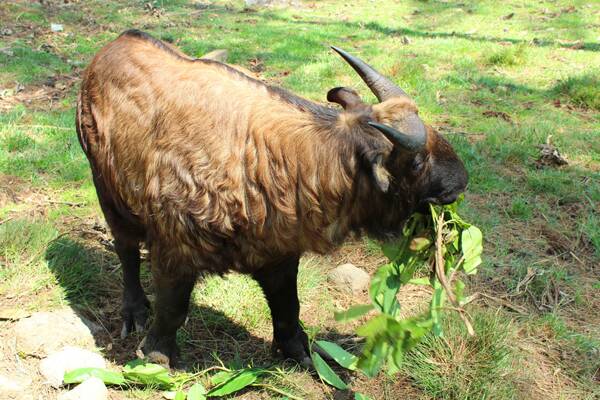Hippocamelus antisensis
IUCN
LCBasic Information
Scientific classification
- name:Hippocamelus antisensis
- Scientific Name:Hippocamelus antisensis
- Outline:Ungulata
- Family:Artiodactyla Cervidae Alces
Vital signs
- length:No verification information
- Weight:No verification information
- lifetime:About 10 years
Feature
The most prosperous group of ungulates besides Bovidae
Distribution and Habitat
Peruvian Elk is a deer species found in central and southern America. It is found in highland cloud forests and treeless high mountain wastelands in Peru and Bolivia. It lives at altitudes of 2,500-5,200 meters.
Appearance
The Peruvian moose has a stout body, short limbs, short and sparse hair, and a pair of short horns with V-shaped forks.
Details
The Peruvian horse moose, whose scientific name is Hippocamelus antisensis, is the most prosperous subfamily of the deer family and the most prosperous group of ungulates except the bovidae. Their bodies are stout and their limbs are short. During the summer, they inhabit high altitudes, gradually moving down to forested river valleys as winter approaches. They are herbivorous and mainly eat herbs, sedges and lichens. Their community organization is relatively loose, with about 3-14 members, including 1-2 male deer and several female deer. They are active during the day and generally have a lifespan of 10 years.

The endangering factor for Peruvian elk is that their habitat continues to decrease due to the continuous expansion of the scope of human activities, and human hunting has also had a certain impact on their populations.
Protection level: Endangered.
Protect wild animals and eliminate wild game.
Maintaining ecological balance is everyone’s responsibility!








